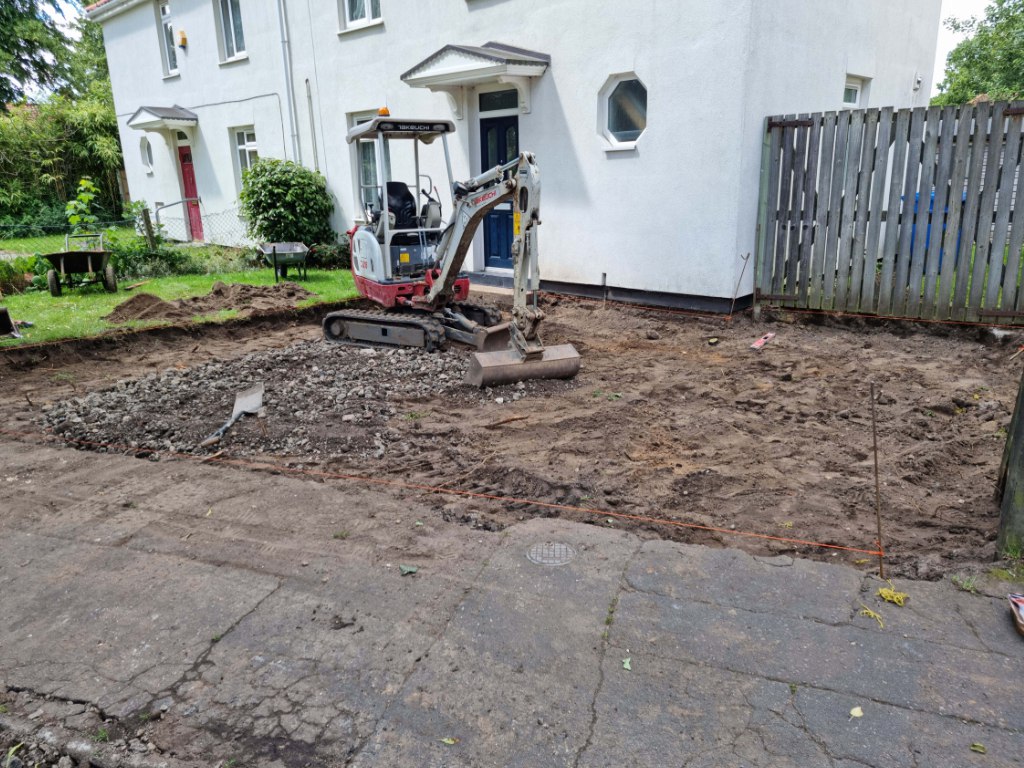How Tarmac Car Parks Contribute to Sustainable Urban Development
Introduction: Sustainable urban development is crucial for creating vibrant, resilient, and livable cities that meet the needs of present and future generations while minimising environmental impact. While often overlooked, tarmac car parks play a significant role in sustainable urban development by promoting efficient land use, reducing pollution, and supporting multimodal transportation options. In this blog post, presented by Rochester Driveways & Surfacing, we’ll explore how tarmac car parks contribute to sustainable urban development and the key strategies for enhancing their sustainability.
1. Efficient Land Use
Tarmac car parks help optimise land use in urban areas by providing efficient parking solutions that maximise available space. By utilising compact parking layouts, stackable parking systems, and shared parking agreements, tarmac car parks can accommodate more vehicles within a smaller footprint, reducing the need for expansive surface parking lots and minimising urban sprawl. This efficient land use preserves green spaces, promotes walkability, and fosters compact, mixed-use developments that support sustainable growth.
2. Stormwater Management
Proper stormwater management is essential for mitigating the environmental impact of tarmac car parks and reducing the risk of flooding, erosion, and water pollution. Sustainable drainage systems, such as porous pavements, infiltration basins, and rain gardens, help capture and treat stormwater runoff, allowing it to infiltrate into the ground naturally and replenish groundwater supplies. Tarmac car parks contribute to improved water quality and aquatic habitat conservation by minimising runoff and reducing the burden on municipal sewer systems.
3. Green Infrastructure Integration
Integrating green infrastructure elements into tarmac car parks enhances their sustainability and resilience to climate change. Green roofs, bioswales, and vegetated swales can be incorporated into parking lot design to capture and absorb rainwater, reduce heat island effects, and provide habitat for wildlife. Additionally, shade trees and native plantings can help mitigate the urban heat island effect, improve air quality, and create more comfortable outdoor spaces for pedestrians and cyclists.
4. Alternative Transportation Support
Tarmac car parks play a crucial role in supporting alternative transportation options, such as cycling, walking, and public transit, by providing safe and accessible parking facilities for non-motorised modes of travel. By incorporating bike racks, pedestrian pathways, and transit stops into parking lot design, tarmac car parks encourage sustainable travel behaviours and reduce reliance on single-occupancy vehicles. This, in turn, helps reduce traffic congestion, greenhouse gas emissions, and energy consumption associated with car travel.
5. Renewable Energy Integration
Integrating renewable energy technologies, such as solar panels or wind turbines, into tarmac car parks can further enhance their sustainability and energy efficiency. Solar carports, for example, provide shade for parked vehicles while generating clean, renewable energy to power lighting, signage, and other electrical systems within the parking area. By harnessing renewable energy resources, tarmac car parks can reduce their carbon footprint and contribute to the transition to a low-carbon economy.
Conclusion: Tarmac car parks play a vital role in sustainable urban development by promoting efficient land use, managing stormwater runoff, integrating green infrastructure, supporting alternative transportation options, and harnessing renewable energy resources. By implementing innovative design strategies and sustainable practices, tarmac car parks can minimise environmental impact, enhance urban resilience, and create healthier, more livable communities.
Call us on: 01634 564 093
Click here to find out more about Rochester Driveways & Surfacing
Click here to complete our contact form and see how we can help with your driveway needs.

